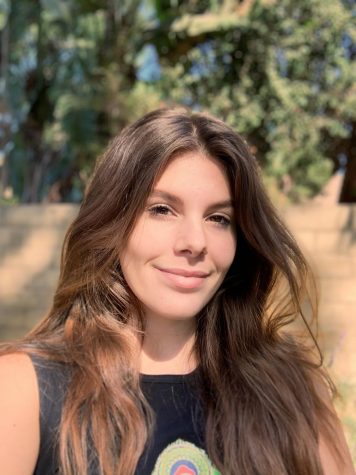The History of Thanksgiving
Thanksgiving is a time for celebration. Families gather together around a table and share a meal to celebrate a tradition that most have learned from a young age. A tradition involving a supposed history in which Pilgrims traveled from Plymouth, New England to Plymouth, Massachusetts in 1620 via the Mayflower to celebrate a successful harvest in 1621 with members of the Wampanoag tribe. What if that wasn’t entirely true?
According to the only eyewitness description of the 1621 harvest from a Plymouth colonist, Edward Winslow, the Plymouth colonists’ Governor sent four men to hunt wild fowl in order to have a better celebration for bringing in their crops, found on Plimoth.org’s website. He noted that many of the Wampanoag men, around 90, including their Massoit leader visited and feasted for three days and killed five deer as a gift for Governor Brandford and Captain Standish. Plimoth.org’s site suggests that Winslow doesn’t explicitly state that the Indians were even invited rather they may have arrived due to the sounds of muskets firing.
The New York Times and their interview with James W. Loewen, a sociologist and author, and Kate Sheehan, a spokeswoman for Plimoth Plantation, a living history museum in Plymouth, reveals a different take on Thanksgiving. Sheehan states that Thanksgiving wasn’t even given this title until 1830 when New Englanders felt it resembled their holiday, in which they celebrated successful fall harvests. Abraham Lincoln had made the celebration official in 1863 as a gift for all the Civil War Victories in Vicksburg, Mississippi, and Gettysburg Pennsylvania.
Sheehan goes on further to mention that Thanksgiving may have stemmed from the Pequot Massacre in 1637, as part of the Pequot War. She says, “ While it is true that a day of thanksgiving was noted in the Massachusetts Bay and the Plymouth colonies afterward, it is not accurate to say it was the basis for our modern Thanksgiving.”
Loweman notes that Pilgrims were coming more to establish religious theocracy which is different from religious freedom as they had it in Holland where they arrived in the early 17th century and came to North America to make money. Pilgrims also didn’t call themselves Pilgrims as they were separatists and that name wasn’t given until the 1880’s, Loweman said.
Although the English Harvest Celebration may have been notorious for a moment in which both cultures worked together harmoniously to celebrate the harvest, but as Mr. Loewman states that the deadly conflicts that came after, though, created an undercurrent that is glossed over.
According to the Wampanoag History — Wampanoag Tribe of Gay Head (Aquinnah)’s website they assert that, “The Wampanoag people have undergone a very difficult history after assisting pilgrims in the early 1600s.” They communicated that these settlers brought adversity, diseases that wiped out entire villages, created systems of government that didn’t resemble any of their practices and values, they tried converting natives to Christianity through their use of missionaries, and they enforced private methods of land ownership which conflicted with natives’ shared values. The site discloses that, “ The vast majority of these tribal communities were killed in battles initiated by colonists to secure land. Today, only six visible tribal communities remain.”
There is more to Thanksgiving than textbooks may have originally let on. When continuing to celebrate this tradition in years to follow, Dosomething.org’s article on Truthsgiving: The True History of Thanksgiving written by Jackie Menjivar suggests that, “As you celebrate Thanksgiving by feasting with family, watching the parade, and going back for seconds (…or thirds), there are also some simple, impactful things you can do to help combat Native erasure this holiday,” which include celebrating indigenous cuisine, speaking about Native peoples in a respectful way, learning and teaching the true history of Native people, along with several others.

















































































![Senior Ditch Day... Relaxation or Truancy? [Video]](https://achsstinger.com/wp-content/uploads/2017/10/IMG_7119-900x599.jpg)
![Heavy Rain Hits Cam High [video]](https://achsstinger.com/wp-content/uploads/2017/02/maxresdefault-900x506.jpg)




